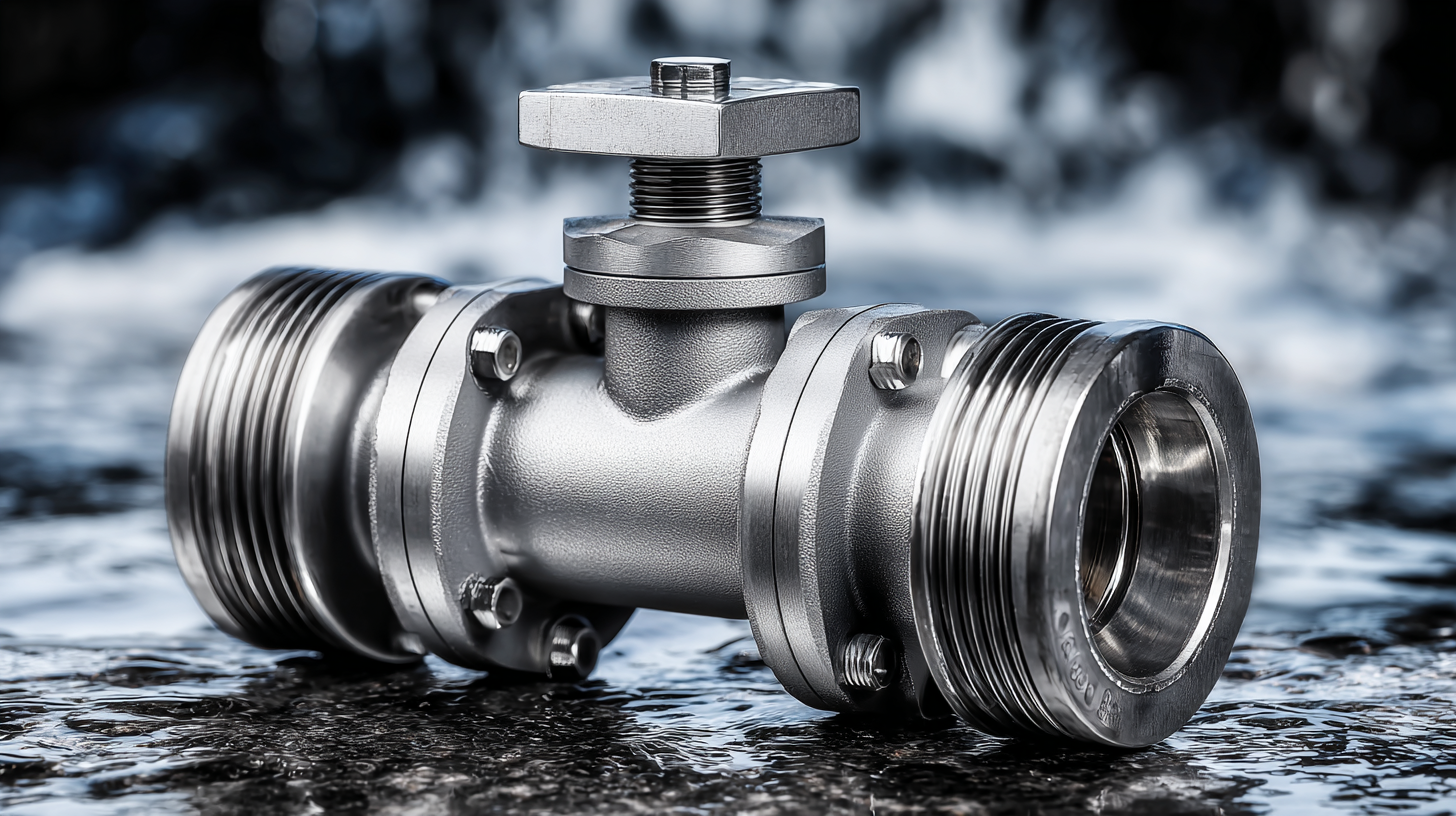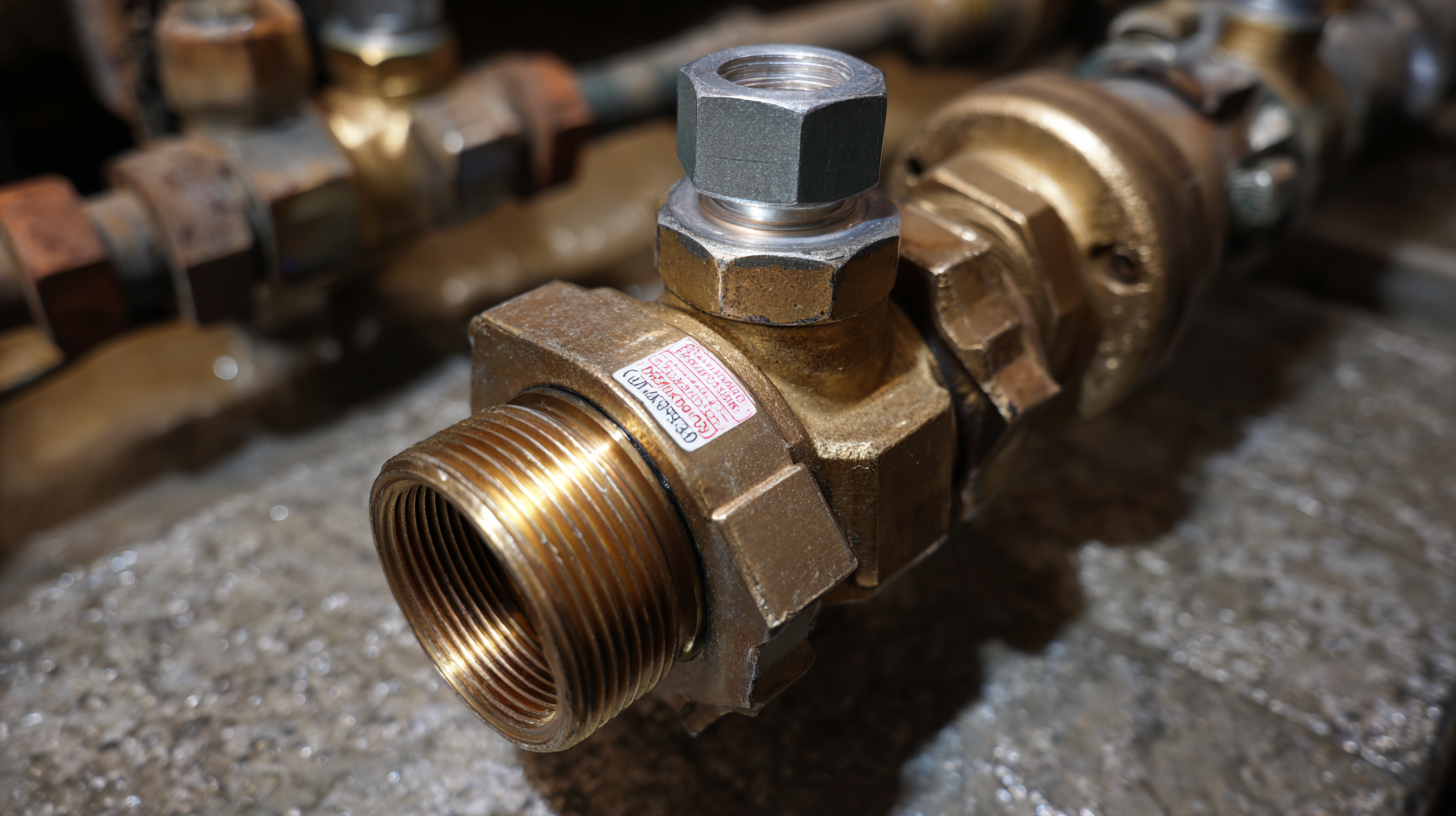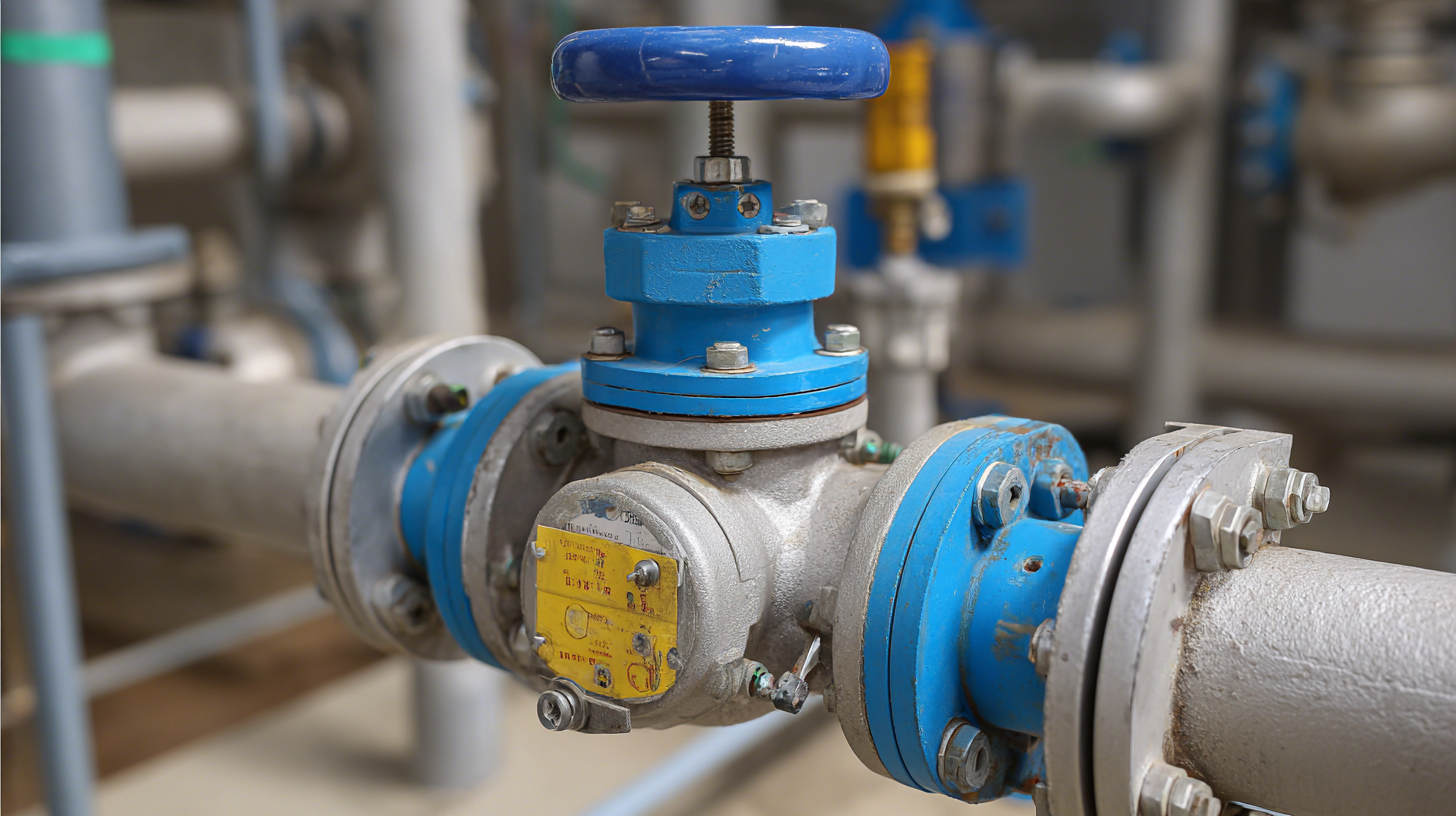Water check valves play a crucial role in maintaining hydraulic systems’ efficiency by preventing backflow and ensuring unidirectional flow of fluids. According to the Water Environment Federation, improper functioning of check valves can lead to significant operational inefficiencies, causing up to a 30% increase in pumping costs for municipal water systems. Moreover, a study by the American Water Works Association indicates that optimizing the installation and maintenance of water check valves can enhance system reliability and extend service life by up to 40%. Given these substantial benefits, it becomes imperative for industry professionals to adopt top strategies for optimizing water check valve efficiency. The goal of this blog will be to explore these strategies in detail, highlighting how they can significantly impact overall system performance and cost-effectiveness.

When it comes to optimizing water check valve efficiency, understanding the key factors that affect performance is crucial. Water flow rate, pressure differentials, and valve design all play significant roles in how effectively a check valve functions. A properly sized valve that matches the system's flow characteristics ensures minimal turbulence and maximizes efficiency. Therefore, assessing these parameters before installation can lead to better overall performance.

Tips for enhancing water check valve efficiency include regular maintenance checks to clean debris that may hinder valve movement. Additionally, consider the installation angle; vertical installations often allow for better drainage, reducing the risk of valve sticking. Lastly, selecting high-quality materials that resist corrosion can extend the lifespan of the valve, ultimately providing better efficiency over time. Implementing these strategies can create a more reliable and efficient water management system.
Regular maintenance practices are essential for enhancing the performance of water check valves. According to the Water Environment Federation, routine inspections can significantly reduce the likelihood of valve failures, leading to decreased operational costs associated with emergency repairs and replacements. Proper maintenance not only extends the lifespan of the valves but also ensures they function optimally, preventing backflow and protecting water quality.
One effective tip for maintenance includes implementing a regular cleaning schedule. Sediment buildup can impair valve performance, so checking for obstructions at least once every six months is advisable. Additionally, lubricating moving parts with appropriate greases can minimize wear and tear, ensuring smoother operation. As per industry reports, organizations that follow a structured maintenance plan can see up to a 30% improvement in valve efficiency, which translates to both economic savings and reduced environmental impact.
Another key practice is to monitor the operating conditions regularly. Fluctuations in pressure and temperature can indicate potential issues. By using smart sensors, maintenance teams can gather valuable data over time, allowing for predictive maintenance approaches. This proactive strategy not only mitigates risks but also optimizes the overall functionality of the water system.
This chart illustrates the potential efficiency improvements achievable through various regular maintenance practices for water check valves. Regular maintenance practices lead to a significant enhancement in valve performance, thereby ensuring optimal operation and longevity.
When it comes to optimizing water check valve efficiency, selecting the right materials plays a crucial role in achieving optimal water flow control. The material you choose can significantly impact the valve's durability and effectiveness. For instance, valves made from corrosion-resistant materials such as stainless steel or bronze are ideal for environments where water quality can fluctuate. These materials not only enhance longevity but also reduce maintenance costs over time.
Tip 1: Always consider the fluid characteristics before selecting valve materials. If the water has a high sediment content or chemical additives, materials that can withstand abrasive conditions, such as PVC or CPVC, might be a better choice. This ensures that your check valve functions properly without compromising the water flow.
Tip 2: Don't overlook the importance of temperature resistance. Different materials have varying thresholds for heat exposure, which can affect performance. For high-temperature applications, materials like cast iron or high-grade thermoplastics are recommended, as they maintain integrity and function under stress. Choosing the right combination of materials can lead to enhanced efficiency and prolong the lifespan of your water check valve.
| Material Type | Durability (Years) | Corrosion Resistance | Cost ($ per unit) | Optimal Flow Rate (GPM) |
|---|---|---|---|---|
| PVC | 5-10 | High | 2.50 | 5-20 |
| Bronze | 15-20 | Very High | 15.00 | 10-30 |
| Stainless Steel | 20-30 | Excellent | 30.00 | 15-40 |
| Ductile Iron | 10-15 | Moderate | 20.00 | 5-25 |
| Polypropylene | 5-10 | Moderate | 3.00 | 10-20 |
When it comes to installing check valves, maximizing efficiency is crucial for ensuring optimal fluid control and preventing backflow. According to a 2022 report by the Hydraulic Institute, properly installed check valves can improve system efficiency by up to 30%. One of the primary considerations during installation is selecting the right type of check valve for the application. Swing check valves, for instance, are generally recommended for systems with high flow rates, while lift check valves are better suited for low flow conditions. Ensuring the correct orientation and positioning can significantly reduce pressure losses and enhance overall performance.
Additionally, maintaining proper sizing is key to optimizing efficiency. A mis-sized valve can lead to turbulence and increased wear, as highlighted in a 2023 study published in the Journal of Fluid Mechanics, which found that an oversized check valve could reduce efficiency by as much as 20%. It's essential to follow manufacturer specifications and guidelines when determining the appropriate size and model for the application. Furthermore, regular maintenance checks can identify potential issues before they escalate, ensuring that the check valves continue to operate at peak efficiency throughout their lifespan. By adhering to these best practices, industries can not only prevent costly downtime but also improve the sustainability of their water management systems.
 Monitoring check valve performance is crucial for ensuring efficiency in water systems. Regular inspections can identify common issues such as leaks, blockages, and a lack of sealing. One of the most significant problems is the accumulation of debris, which can hinder the valve from functioning correctly. Implementing a regular cleaning schedule and utilizing filters can prevent buildup, allowing for smooth operation. Moreover, visual inspections can be complemented by pressure testing to assess the valve's effectiveness under operating conditions.
Monitoring check valve performance is crucial for ensuring efficiency in water systems. Regular inspections can identify common issues such as leaks, blockages, and a lack of sealing. One of the most significant problems is the accumulation of debris, which can hinder the valve from functioning correctly. Implementing a regular cleaning schedule and utilizing filters can prevent buildup, allowing for smooth operation. Moreover, visual inspections can be complemented by pressure testing to assess the valve's effectiveness under operating conditions.
Troubleshooting requires a systematic approach to identify the root cause of any failure. If a check valve doesn't close properly, it could be due to wear or damage to the sealing surface. In such cases, replacing worn components is essential to restore function. Another common issue is the valve not opening when it should; this often indicates a misalignment or obstruction. Using diagnostic tools such as flow meters and pressure gauges can provide valuable insights into the valve's performance, allowing for precise adjustments and timely maintenance. By addressing these issues proactively, system operators can enhance the overall efficiency of their water systems.



Same Day Shipping
ISO Certified Production